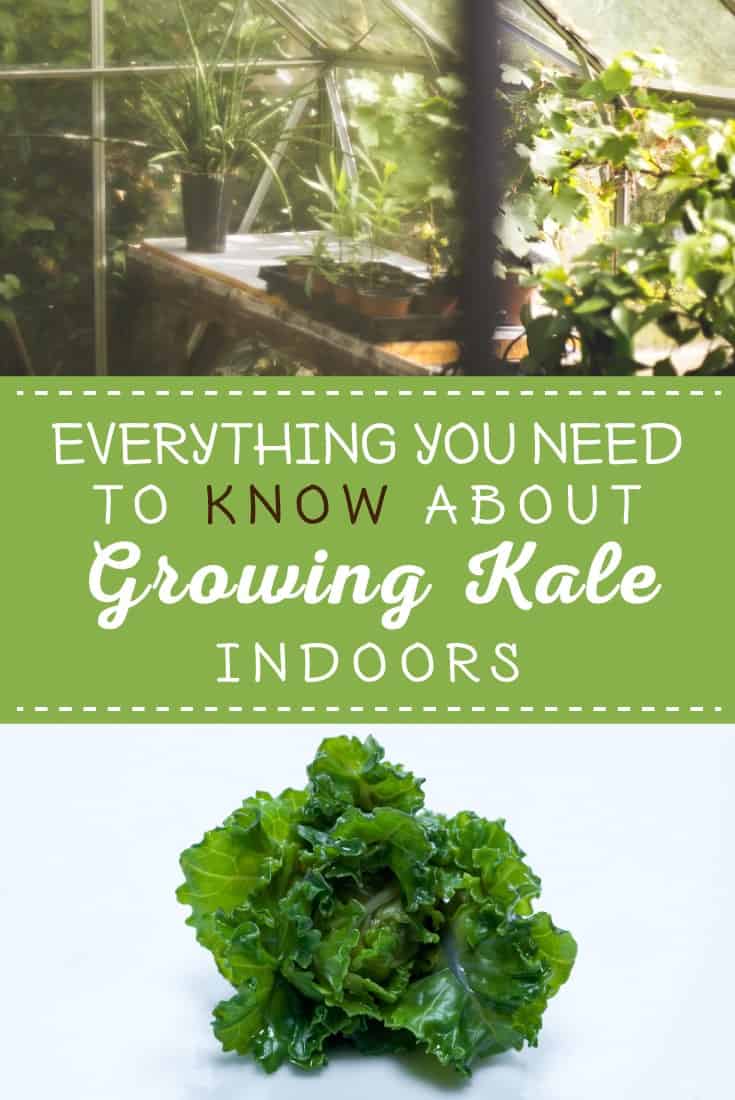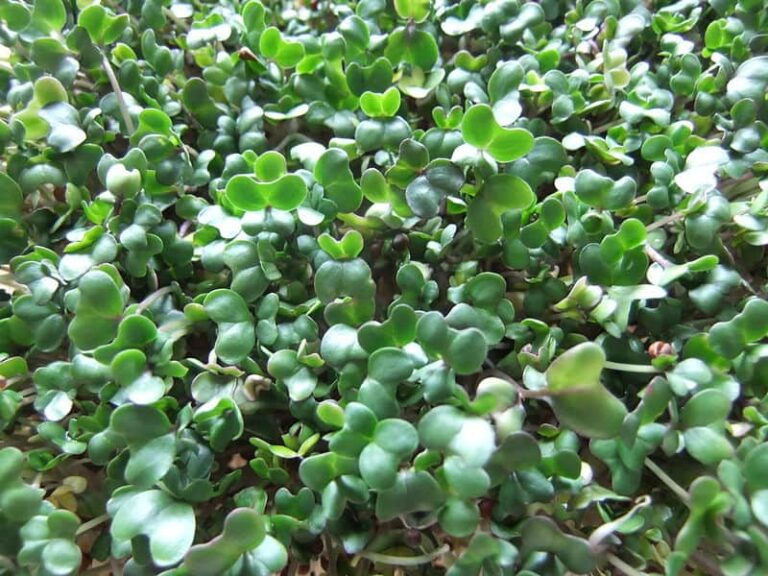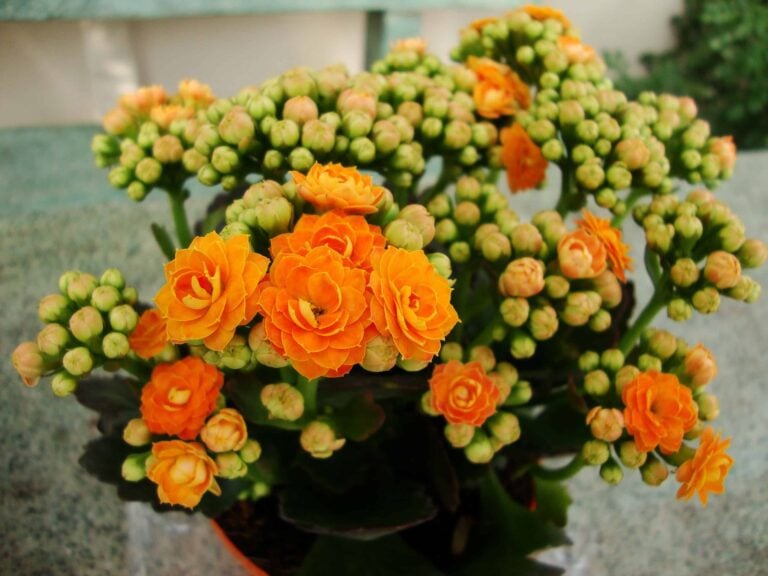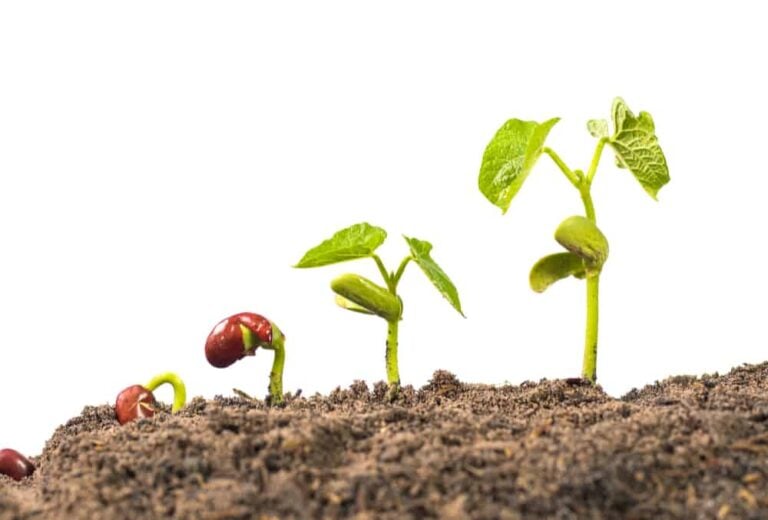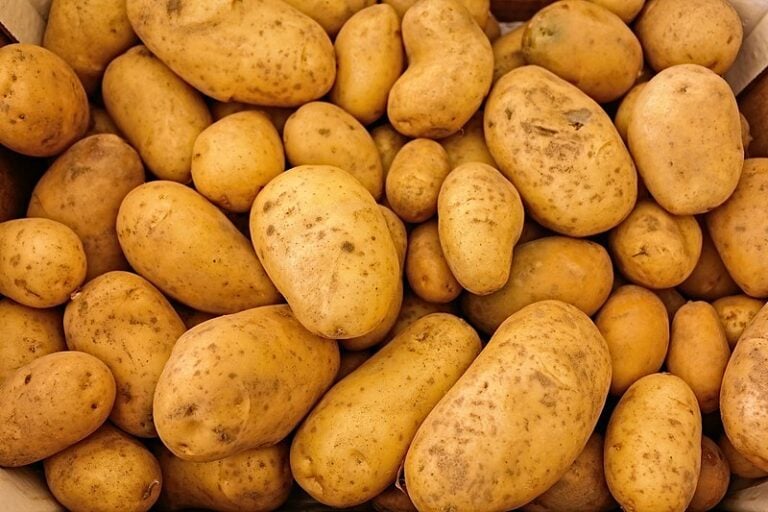Using Proper Carrot Seeds for Your Garden
The tiny size of carrot seeds belies its long history that goes back to the time of the Romans. A single ounce contains up to 25,000 seeds. As a garden favorite and commercial vegetable, carrot seeds deliver a germination rate of 94 percent, according to US production statistics.
If you plant carrots in your garden, you can leave a few plants to overwinter. The plants will go to flower and produce seeds. Within weeks of pollination, you’ll be able to harvest seeds. With adequate drying and proper storage, your carrot seeds will last three years.
Carrot Seed Origins
The story of the carrot begins in Afghanistan and the surrounding area. However, its use goes further back.
When you open that packet of carrot seeds, you are part of a history that reaches back to the time of the Greeks and Romans. And you’re rubbing elbows with the likes of Queen Elizabeth who also enjoyed carrots.
The carrots you enjoy today are most closely related to these Asian beginnings. The wild carrot that exists in North America today as a weed likely came from Europe. Domestication of the original wild variety made all of this possible. But if there’s one thing you can say about carrots seeds, it’s that they are not all the same.
Seed Characteristics
The characteristics of carrot seed reflect its complexity as a vegetable. You can find a vast array of choices with carrots that range from the tiny Thumbelina carrot to the formidable Japanese Imperial Long and everything in between.
This broad spectrum of varieties exists with carrot seeds too. A pound of carrot seeds can contain anywhere from 175,000 to 400,000 seeds, according to the University of California. These numbers give you an idea of how small they are too. Carrots seeds may also vary within a particular variety, with differences in size and germination time.
Making Carrot Seeds Happy
Unlike other garden plants like tomatoes, carrots are grown from seed. Chances are you’ll have good luck with carrot seeds with reaping a harvest if US production numbers are any indication. Of the 76,000 acres planted in 2015, farmers harvested 71,550 acres of carrots or about a 94 percent success rate.
To set the stage for a good harvest, you should pick a site with full sun that has fertile soil with lots of organic matter. Those tiny seeds are going to need a lot of nourishment to go from a mere speck to a healthy vegetable.
Cultivating Your Own Carrot Seeds
While you grow carrots as an annual garden vegetable, they are a biennial plant. You can leave some carrots in the ground when you harvest the bulk of the vegetables to let them go to seed. Temperature is the primary driver of this process.
A Good Kind of Cold
Being a cool season plant, they can tolerate frost to some degree. The cold becomes necessary if you want your carrot plants to flower and go to seed in a process called vernalization. In fact, carrot plants will not go to flower at all without growing through a cold snap. After overwintering, the flowers develop.
On the Road to Harvest
During their second year, carrot plants develop flower heads called umbels. If you’ve seen Queen Anne’s Lace growing in the wild, you’ll recognize these distinctive flowers. An umbel is a round flower cluster with many tiny flowers radiating outward from a central point, not unlike an umbrella.
After being pollinated by bees or flies, the small seeds will form in about six weeks. Remember those numbers from the University of California? Those figures translate into about 25,000 seeds per ounce on the high side. Each of the umbel’s little flowers will produce about two seeds.
Surprises Along the Way
The road to harvesting carrots seeds isn’t always what you may expect. Heavy rains, hail, and strong winds can wipe out your harvest, especially when dealing with such small seeds. And not all of your flowers will produce seeds. Pollination may be spotty, or some flowers may be shaded out.
Another unexpected result may occur down the road. You’ll find carrot varieties in many forms including heirloom types and hybrids. With the former, you’ll know what you’re going to get next growing season. An heirloom carrot is an heirloom carrot. A hybrid is a mixed bag. Which variety turns up next year will be a surprise.
Harvesting Your Carrot Seeds
Your carrot seeds will continue to mature through the summer. The flower heads will shrivel slightly and turn brown the closer they get to being ready. The largest of the bunch, the king flower, will provide the biggest and best seed.
Collecting Seeds
Begin by cutting off the umbels with scissors or hand garden shears. Place them in a paper bag. You don’t need to gather a lot of umbels. A few king flowers will give you more than enough seed. The flowers will then need time to dry.
Avoid storing your harvested seeds in sealed jars or plastic containers. Paper bags work best to ensure air circulates. After drying, you can then moving on to preparing your seeds. You’re not going to see the same seeds that you buy at the store which are further processed and cleaned.
Cleaning the Seeds
The seeds you collect will have a shaggy covering called the beard. You can replicate this process of cleaning by gently rubbing the dried seeds between your hands. Sifting through fine mesh will clean them up even more, leaving you with clean seeds.
But your efforts will get you started for the next growing season. You can keep them in a dry, cool place to prevent mold from forming until you’re ready to use them. That is why it was necessary for the seeds to dry completely. Use your harvested seed within three years. SSE Heritage Farm walks you through the process.
The tiny size of carrot seeds hides their long and storied history. From the seat of Western civilization to the favorite of royals, carrot seeds have brought a cornucopia of riches to the kitchen. And it all began with a lowly weed.

